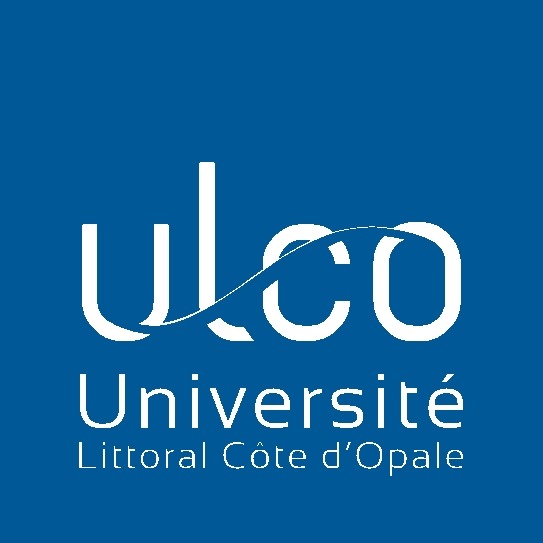Being an old institution, born around the 13th century, the university has been constantly changing, in the image of the society in which it is embedded. This is challenging the idea that the scientist was once in his “ivory tower”, impervious to the world’s problems. During many centuries, the profession of scientist was not recognized as such, and many of them were led to work on technical or even industrial applications for a living, i.e. to become entrepreneurs by promoting the results of their research work, if they could not place themselves under the protection of a patron.
University institutions in the modern sense of the term gradually appeared from the beginning of the 19th century in Europe and the United States. The research profession gradually became more institutionalized. In France, it was really with the creation of the CNRS in 1939 that the status of scientist paid by the State was established, clearly defining a separation between the worlds of industry and science, with on the one hand basic research and applied research on the other hand. However, the separation was not as clear. In the aftermath of the Second World War, and in the context where the military conflict (like the first one) had led to major scientific advances (computer science, nuclear, aviation, automation, etc.), major public programmes were developed. The close relationship between the State and industry (which at the time was largely composed of public companies in Europe) was then taken for granted, as a clear sign of modernity. In the late 1970s, everything changed! State invention was fundamentally called into question, and was considered as is the survival of a bygone past. The new slogan became: all entrepreneurs! Science has not escaped this evolution. Researchers have been encouraged to generate knowledge with immediate industrial applications. University spin-offs have been encouraged. In 1980, the Bayh-Dole Act in the United States allowed universities to file patents based on discoveries and inventions, which can thus lead to markets through the creation of companies. France followed in 1999, with the Allègre law. Twenty years later, the Ministry of Higher Education, Research and Innovation estimates that only 231 researchers have applied for authorisation to set up a company since 2000, representing 0.01% of people working in public research each year. The Allègre law has also been revised as part of the PACTE law (Action Plan for the Growth and Transformation of Enterprises), adopted at the end of 2018, notably about the reduction of administrative procedures.
But the question of business creation by researchers more broadly raises the question of the precariousness of the research profession. While before the first industrial revolution, many scientists had to become entrepreneurs to survive, is a kind of return to basics happening? The creation of the new research positions is decreasing. Creating a microenterprise (being a self-employed entrepreneur) would thus be a way to exercise the profession of researcher by multiplying contractual relations with public institutions and large companies, thus validating a hundredfold the thesis of open innovation!
Sophie Boutillier
CLERSE (UMRS-CNRS, 8019)
University of Littoral-Côte d’Opale
Research Network on Innovation
More :
https://www.cairn.info/revue-marche-et-organisations-2019-1.htm



